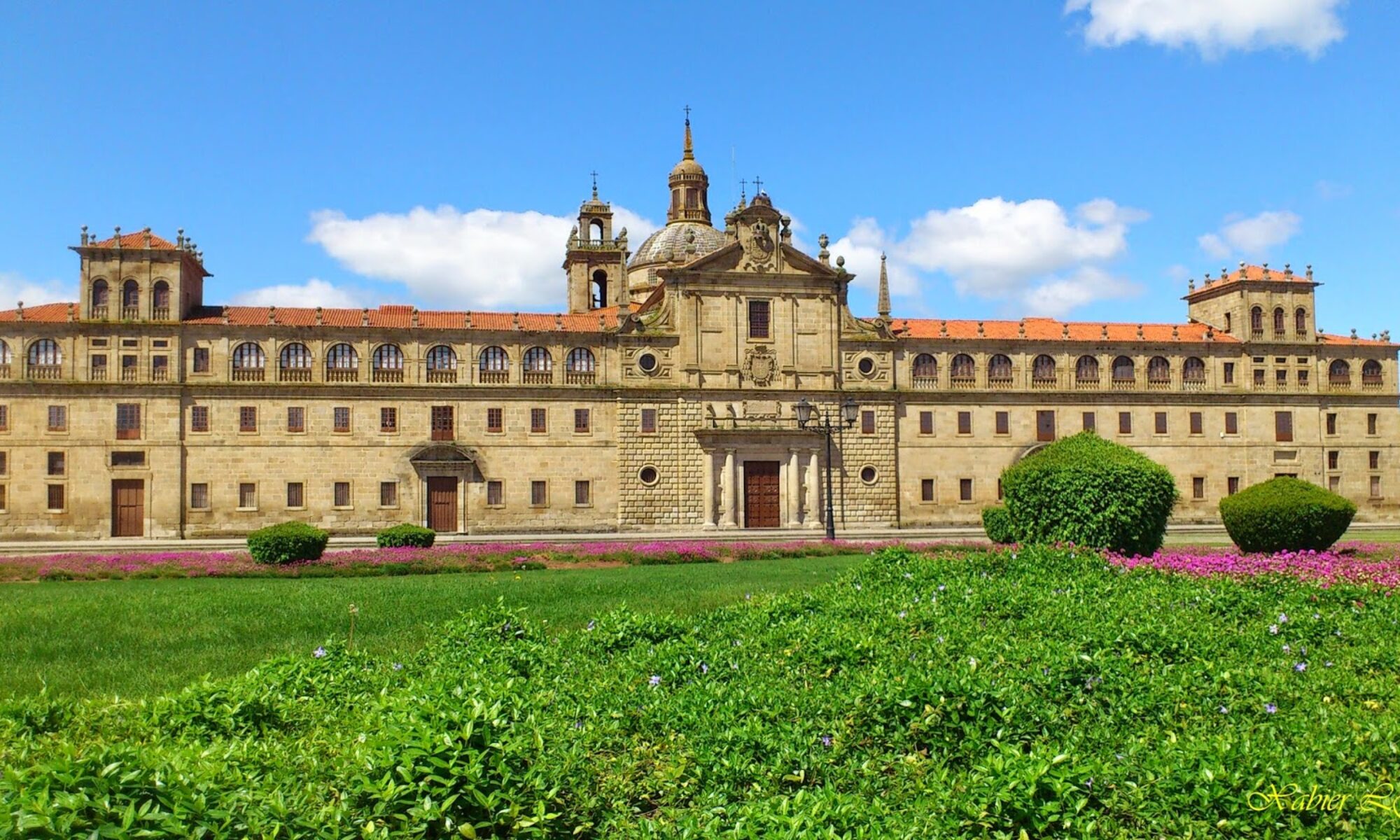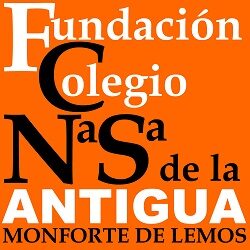
Starting in 1546, Rodrigo de Castro lived under the protection of his brother, Pedro, who had been promoted to the bishopric of Salamanca and who in 1548 was appointed chaplain to the still Prince Felipe. This allowed Rodrigo de Castro to be part of the entourage of the future monarch, who in that year began a great triumphal journey through the territories of the Empire. He returned to accompany Philip II in 1554, when he traveled to England, on the occasion of the King’s marriage to Queen Maria Tudor. The following year he went to Rome, commissioned – as secretary of the figure – to help his other brother, Fernando Ruiz de Castro, Marquis of Sarria, in his difficult but successful embassy before Paul IV. In 1559, credited as a skilled diplomat, he returned to Spain and received priestly orders in Cuenca. Shortly after, he participated directly, as an advisor to the Supreme Council of the Inquisition, in the long process against Archbishop Carranza, Archbishop of Toledo.

At the end of 1564, he was commissioned by Felipe II to manage in Rome the authorization that would allow the Inquisition itself to be sentenced.
After several months of sterile negotiations, Rodrigo de Castro chose to suggest an intermediate solution: the sending of a special legacy with broad powers, which would sentence Carranza in Spain.
His good offices were decisive to achieve the concord granted in Elvas, on Christmas Eve 1580. Shortly after, Rodrigo was proposed to rule the archdiocese of Seville; But before taking possession of it, he had to attend a new royal commission: to receive in Barcelona the Infanta Maria, widow of Emperor Maximilian II, and accompany her after her to Lisbon, where Felipe II had planned to wait for her. After fulfilling the assignment, in which he invested a good part of the year, Rodrigo still remained in Lisbon for nine months, intervening as a witness at the same time in the process that followed Antonio Pérez, former royal secretary.

In the summer of 1598, Rodrigo de Castro moved to the Court, responding to the call of Felipe II, who died shortly after his arrival. In Madrid he still remained for several months and at the beginning of the year he moved to Valencia, as the late monarch had commissioned him to receive the future queen Margarita in Vinaroz. The de Castro returned to Seville in mid-May, Cardinal Rodrigo de Castro, whose life would be extinguished shortly after his return to Seville, stood out as a detached protector of writers and artists, but his memory survived above all due to his gestures and foundations, all generously endowed. The Collection of Lost Girls and the Annual Alms for Poor Prisoners are well known in Seville, as well as the support he provided to the schools of San Hermenegildo and San Gregorio and other Jesuit foundations in Jerez and Écija. But more than these stood out those that benefited his native Monforte; here ended the Franciscan convent founded by his grandfather, Count Rodrigo Osorio, and continued by his mother, Countess Beatriz, who died without seeing them finished.

In 1593 he also founded the magnificent Colegio de Nuestra Señora de la Antigua – better known as del Cardenal – in Monforte de Lemos, which was his great project and whose management he left entrusted to the Society of Jesus. He died on September 18, 1600. He was buried in the Cathedral of Seville and later, in 1603, according to what was expressed in his will, which he had granted on August 12, 1598, his remains were transferred to the church of the Montfort school. that he had founded.

